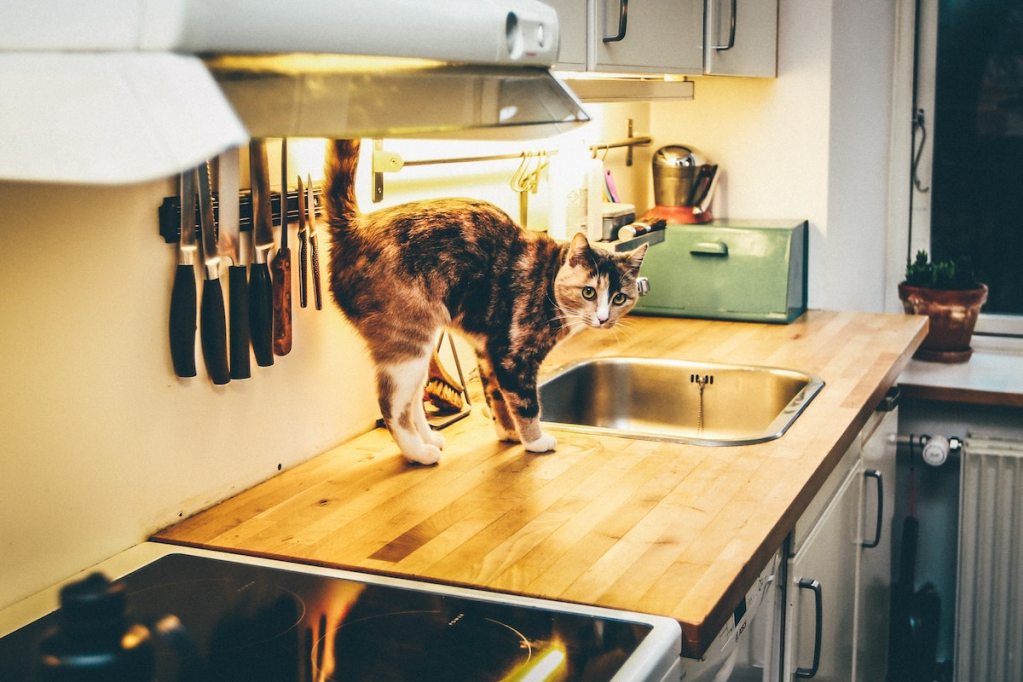If you haven’t spotted the #onioncryingchallenge yet on TikTok, you’ll be surprised to see all the little square faces pop up as its stars. That’s right, cats will tear up when an onion is cut just like us. It can be cute and funny to see small tears squeezed out of their scrunched up eyes, but don’t reach for the knife just yet. There are risks to your kitty that might make you stop and reconsider this particular trend.
@lovimals Who’s cutting onions? ? (@Jakeyy_boy) #cat #catsoftiktok #cattok #onions
We can’t lie, we’ve watched a few of these TikTok viral videos and given an “Aw” for the adorbs cats who can’t help but shed a tear. They start out with a pet parent chopping up an onion with the feline nearby watching. At first, she blinks, then squints, and finally her eyes get leaky. If you’ve ever had this root bring on the waterworks, you know exactly where she’s coming from. Commenters were quick to jump in to share a laugh or offer tips on keeping the tears at bay, while many cat moms were distraught having just learned that onion tears work on furry friends too.
@kaylo.art.designs I’m the worst mother ever I am so sad cryingcat crying cryingcatmeme catcries? sadcat onioncryingchallenge imtheworstpersonever imtheworstmotherever isuck imsorrymybaby
Why do onions make us (and cats) cry?
Of course, this is a complicated chemical process, but basically, volatile sulfur compounds (called syn-propanethial-S-oxide) get released into the air and irritate your eyeballs. As soon as they hit the retinas, you’ll start to tear up. This is a natural reflex that attempts to block your eye from the harmful gas and therefore protect it. Your cat is doing the same thing! They don’t like the onion vapors either and cry tears to protect their beautiful orbs.

Are onions harmful to cats?
While the odd tear or two won’t kill anyone, you should move kitty to a different room any time you have onions around. The gas or liquid will bother her eyes temporarily though it should go away. If she gets any of the juice actually on her face it could be more serious. In addition, onions are actually poisonous to cats. Do not let her ingest them in any form — cooked, raw, or dried. They contain chemicals that break down her blood cells which causes anemia and eventually death. It takes only a few grams to get this process started, so we recommend keeping onions and cats separated whenever possible. If she does swallow a piece, call your vet or animal poison control to figure out the next steps.
Naturally, we love funny cat videos as much as the next person, possibly even more. But it might be best to leave this particular one off your list. You don’t want to find your cat gets too much in their eyes and it takes a while for them to stop rubbing or worse, they eat some onions, which causes a trip to the vet. All in all, cats and onions shouldn’t mix.



